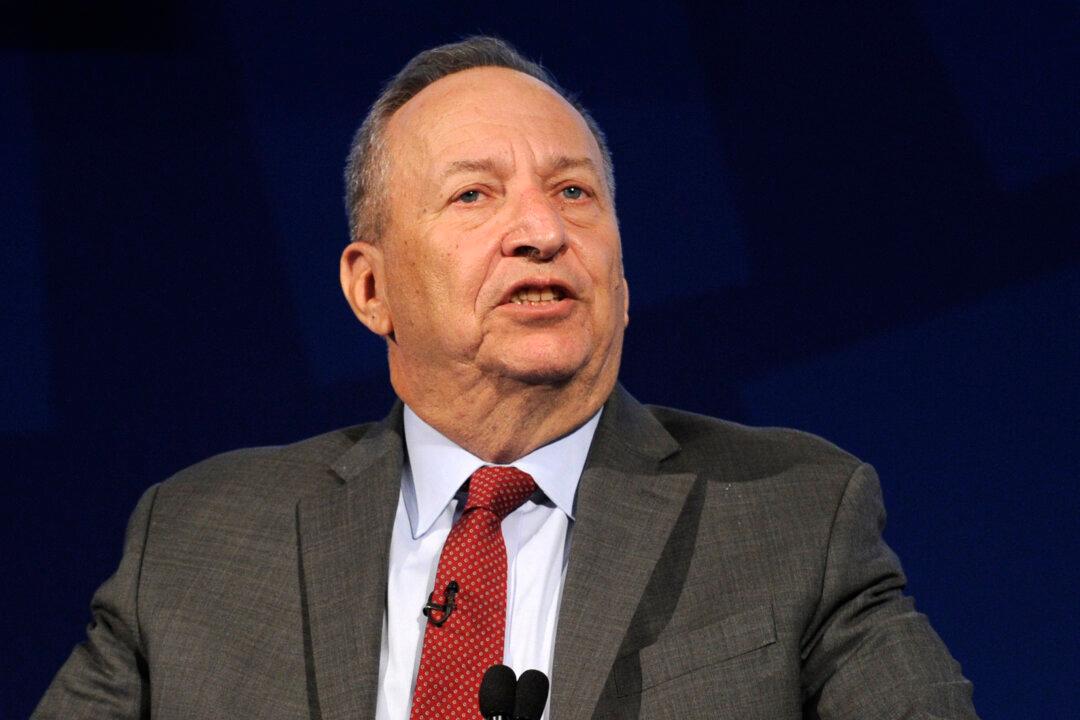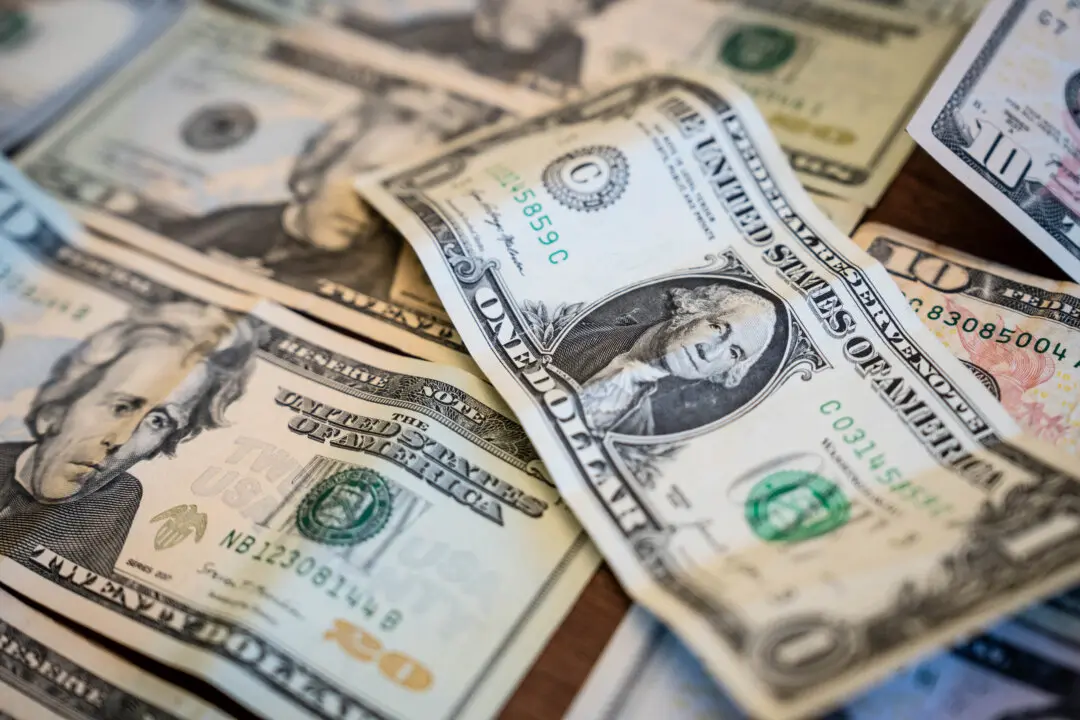Rooting inflation out of the U.S. economy won’t be quick, and it won’t be easy for the Federal Reserve, according to former Treasury Secretary Larry Summers.
The Harvard economics professor told Fortune magazine that the central bank needs to do more to cool elevated inflation. But while a growing chorus of economists and market analysts fear that the Fed might overtighten, Summers said he’s more concerned about the institution backing off prematurely.





